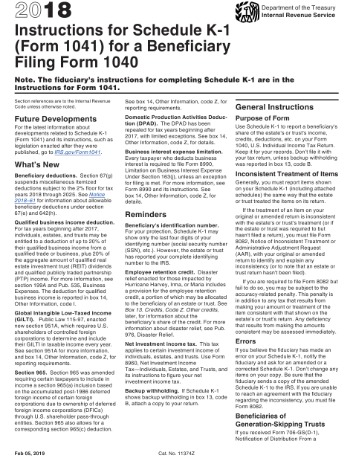
In most cases, the goal is to get them paid by the end of the current period to avoid additional late charges or being dropped by the insurance company altogether. The operating cost is deducted how to make a healthy homemade protein shake from revenue to arrive at operating income and is reflected on a company’s income statement. If you’re looking for ways to save on operating expenses or improve procurement processes, consider working with experts who specialize in these areas. With their expertise, you can identify cost-saving opportunities and optimize your operations for long-term success. Operating expenses are important because they can help assess a company’s cost and stock management efficiency.
Real-World Example of Operating Costs
Some of the most common operating expenses include rent, insurance, marketing, and payroll. A company’s operating expenses are costs required for everyday business operations, while non-operating expenses are other costs a business incurs that the profitability ratio and company evaluation are not directly related to primary business operations. The most common examples of non-operating expenses are financial costs such as loan fees and interest charges. Losses from business investments, currency exchange, legal fees, and bank fees are also non-operating expenses. An operating expense is an expense that a business incurs through its normal business operations. Often abbreviated as OpEx, operating expenses include rent, equipment, inventory costs, marketing, payroll, insurance, and funds allocated for research and development.
What Are Operating Expenses?
- Distinguishing between operating expenses and capital expenses is important for maintaining accurate accounting practices.
- This helps ensure that their offices, equipment, and other essential assets remain in optimal condition.
- However, most companies can deduct such expenses on their income tax forms in order to get a tax break.
- The following formula and steps can be used to calculate the operating cost of a business.
These are the expenses that businesses incur to keep their operations going and generate revenue. Operating expenses include salaries, rent, utilities, insurance, legal fees, office supplies and maintenance costs. Operating expenses are the expenses that arise from daily, core operational activities conducted by a company. Typically, they’re tax deductible as long as a company operates to earn a profit, expenses are commonly known, and necessary. However, they may increase in stepped amounts rather than variable costs. Budgeting for operating expenses is also more straightforward due to their predictability.
Companies often need to lease office space or land to run their business operations. Along with rent, businesses also need to pay for utilities such as water, electricity, and gas. These costs are necessary to maintain a functional working environment and facilitate daily operations. The IRS treats capital expenses differently than it treats operating expenses. According to the IRS, operating expenses must be ordinary (common and accepted in the business trade) and necessary (helpful and appropriate in the business trade). In general, businesses are allowed to write off operating expenses for the year in which the expenses were incurred.
How are operating expenses reflected in an income statement?

For example, companies report their gross, operating, and net profits or losses. The calculation for these items differs based on the division of various expenses. For example, the business may need to spend money on research and development, equipment purchases, a lease on office space, and employee wages. A startup often pays for these costs through business loans or money from private investors. This contrasts with operating costs, which are paid for through revenue generated from sales. Operating costs that are high or increasing can reduce a company’s net profit.
Components of Operating Expenses
Capital expenses, or CapEx, can include things like patents, machinery, and business real estate. Operating costs are the expenses a business incurs in its normal day-to-day operations. Startup costs, on the other hand, are expenses a startup must pay as part of the process of starting its new business. Even before a business opens its doors for the first time or begins production of a new product, it will have to spend money just to get started. Generally speaking, a company’s management will seek to maximize profits for the company. Because cutting costs generally seems like an easier and more accessible way of increasing profits, managers will often be quick to choose this method.
On top of that, they also contribute to the revenues generated by companies. Companies can also accumulate various insignificant items in this head. Non-operating expenses are also recorded on the income statement, but they occur below the line that separates operating income from non-operating income.
By building long-term relationships with them, you can even get exclusive offers that will help reduce costs. Boost your confidence and master accounting skills effortlessly with CFI’s expert-led courses! Choose CFI for unparalleled industry expertise and hands-on learning that prepares you for real-world success. Optimise supplier relationships, streamline contract management and track how do businesses use retained earnings and how can accountants help savings efficiently with our all-in-one procurement platform. Access and download collection of free Templates to help power your productivity and performance.
However, non-operating expenses don’t relate to the core business activities. Instead, they come from other sources, such as financing and legal issues. Non-operating expenses appear after operating expenses in the income statement. Essentially, these costs occur regardless of the activity levels during a period. For example, they may include administrative, selling, marketing, or other expenses.


